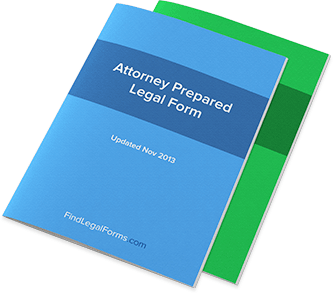Indemnity Agreements Legal Forms
Popular - An Indemnity Agreement is an agreement whereby one party agrees to protect another party against certain future losses or claims. Indemnity Agreements will memorialize this understanding and will also set out some of the basic terms of the indemnification (e.g. indemnification procedures, notice, etc.). These agreements are also commonly called Hold Harmless Agreements, and are commonly found in insurance transactions, leases, certain joint venture transactions, strategic partnerships and easements (arrangements where one party seeks to use another’s property).
There are situations where an Indeminity or Hold Harmless Agreements would not apply, because it would violate public policy. Exempting a common carrier from all liability would be unenforceable as a violation of public policy for instance.An Indemnity Agreement is an agreement whereby one party agrees to protect another party against certain future losses or claims. Indemnity Agreements will memorialize this understanding and will also set out some of the basic terms of the indemnification (e.g. indemnification procedures, notice, etc.). These agreements are also commonly called Hold Harmless Agreements, and are commonly found in insurance transactions, leases, certain joint venture transactions, strategic partnerships and easements (arrangements where one party seeks to use another’s property). There are situations where an Indeminity or Hold Harmless Agreements would not apply, because it would violate public policy. Exempting a common carrier from all liability would be unenforceable as a violation of public policy for instance.
Those who are beneficiaries under these agreements should be aware that the presence of this agreement is not a blanket protection from liability. There are exemptions from Indemnity Agreements even where a third party is involved. Generally, Indemnification Agreements would not be enforceable in the face of acts of willful injury, fraud, gross negligence and avoidance of the law.
When enforcing an indemnity agreement, courts will look to the intention of the parties. In the past, courts have examined liability when the indemnifying party suffers damage due to the negligence of the Indemitee. In order to shift this responsibility, the courts adopted a “clear and unequivocal test.” To be enforceable, the language had to expressly state the intent of the Indemnitor to indemnify the Indemnitee against the consequences of the Indemnitee’s negligent actions.
There are situations where an Indeminity or Hold Harmless Agreements would not apply, because it would violate public policy. Exempting a common carrier from all liability would be unenforceable as a violation of public policy for instance.An Indemnity Agreement is an agreement whereby one party agrees to protect another party against certain future losses or claims. Indemnity Agreements will memorialize this understanding and will also set out some of the basic terms of the indemnification (e.g. indemnification procedures, notice, etc.). These agreements are also commonly called Hold Harmless Agreements, and are commonly found in insurance transactions, leases, certain joint venture transactions, strategic partnerships and easements (arrangements where one party seeks to use another’s property). There are situations where an Indeminity or Hold Harmless Agreements would not apply, because it would violate public policy. Exempting a common carrier from all liability would be unenforceable as a violation of public policy for instance.
Those who are beneficiaries under these agreements should be aware that the presence of this agreement is not a blanket protection from liability. There are exemptions from Indemnity Agreements even where a third party is involved. Generally, Indemnification Agreements would not be enforceable in the face of acts of willful injury, fraud, gross negligence and avoidance of the law.
When enforcing an indemnity agreement, courts will look to the intention of the parties. In the past, courts have examined liability when the indemnifying party suffers damage due to the negligence of the Indemitee. In order to shift this responsibility, the courts adopted a “clear and unequivocal test.” To be enforceable, the language had to expressly state the intent of the Indemnitor to indemnify the Indemnitee against the consequences of the Indemnitee’s negligent actions.

Forms
# 1525
